Find Your Perfect Golf Swing Plane
How to Achieve a Perfect Swing Plane
The swing plane is the imaginary plane in which the club circles your body when you swing it.
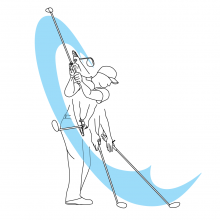
The swing plane angle is influenced by equipment, body type, preference, and the lie position of the ball so that the angle is different with each shot. To swing in the right plane is crucial to make the club travel on the ideal path for consistency in your swing.
The SwingPilot gives you a simple and efficient way to swing on plane:
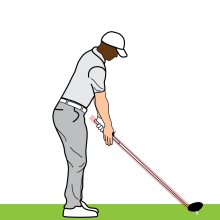
1. Establish the address position,
Set the SwingPilot at the neutral with the dominant hand open. (See Neutral Position)
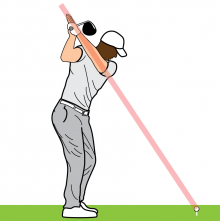
2. Establish the top of the swing.
Go to your preferred top position, and move the palm of your open hand into line with the ball. Feel the position and memorize it.
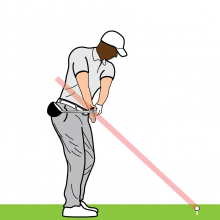
3. Establish the mid-point of the downswing,
Bring the grip of the club level with your waist, or where the shaft of the club is parallel to the ground, and make sure that palm of your dominant-hand is aligned with the ball. Feel the position and memorize it.
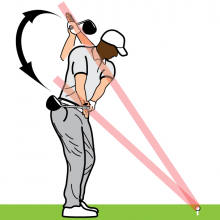
4. Swing back to the top position.
Keep the dominant-hand palm aligned with the ball while swinging to the top.
Repeat the motion back and forth until you get the Feel.
** This is the swing plane for the upper part of a swing.
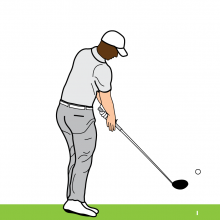
5. Swing through the impact zone from the waist position, rotating your open hand so the palm will be square to the target at impact.
** This is the swing motion through the impact zone. The golf swing never stops here, and moving smoothly through is a good habit to have. (See Through the Ball)
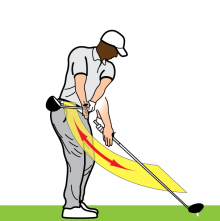
6. From the address position, swing back to waist level or the mid-point of the backswing, rotating your open hand, so the palm will be aligned with the ball.
Repeat the swing motion from waist to impact zone and back to waist.
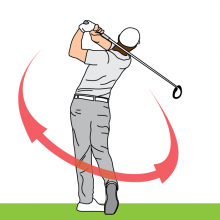
7. When you get the Feel, complete the swing motion from address to the top and through the impact zone, and finish.
** Follow-through and forward swing are the opposite of the backswing.
Reminder:
- The subdominant-side arm is relaxed and extended.
- Most of the weight of the club is carried by the subdominant hand.
- The dominant side is kept relaxed.

